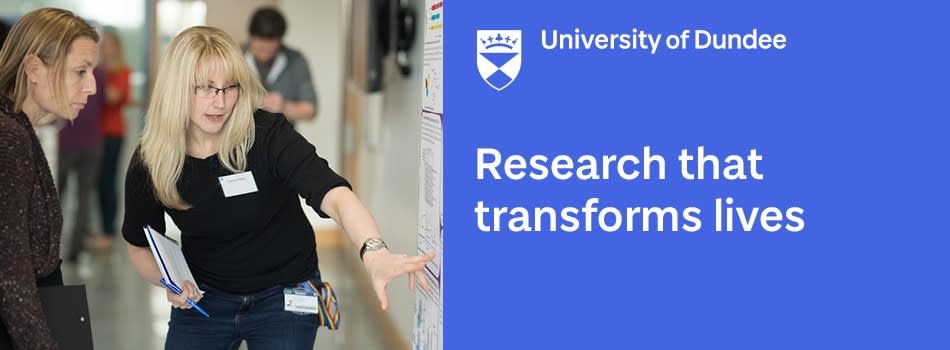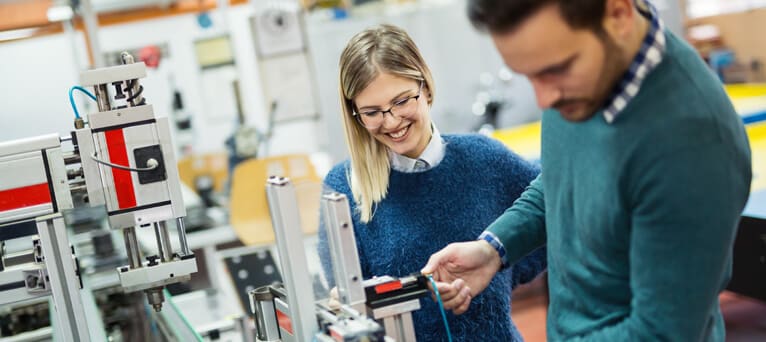Concrete is one of the World’s most ubiquitous materials. It has achieved this through its versatility, durability and low cost. However, the manufacture of a key ingredient - Portland cement – contributes 4% of anthropogenic CO2 emissions. Moves to reduce this through partial replacement with other materials, and technologies such as geopolymers, have reached limits imposed by performance requirements, and the often equally-high carbon footprint of geopolymer constituents. Therefore, a need for a low-carbon alternative to Portland cement exists.
Over the last 20 years much research has been conducted into the use of bacteria in ‘self-healing’ concrete [1,2]. Bacterial spores are encapsulated in particles and dispersed in concrete. The particles remain dormant unless ruptured by cracking of the concrete, leading to the release of spores and their germination. The bacteria used are capable of calcite biomineralization, causing precipitation of the mineral in the cracks and repairing damage.
Attempts have been made to take this process a step further and utilise bacteria as a means of fabricating entire construction components, using calcite-biomineralizing bacteria combined with suitable nutrients and minerals which enable them to release carbonate, the calcium arising from the mineral additions [3]. This is a promising approach, although materials produced are currently far from the level of performance required for structural concrete.
Very recently, the possibility of utilising a different group of organisms – fungi – in self-healing concrete has been identified [4,5]. Calcite-precipitating fungi have several advantages over bacteria for this role. Firstly, their filamentous, explorative growth forms have a high surface-to-volume ratio, providing an effective matrix for rapid precipitation. Secondly, they are able to produce calcite through two mechanisms: biomineralization (similarly to bacteria, but at higher efficiency), but also through organomineralization (by chitin at cell walls reducing the activation energy of calcite nuclei formation), again permitting faster calcite production. Thirdly, fungi - being organisms commonly encountered in otherwise abiotic environments, such as within rocks [6] - are suited to reside inside concrete.
This proposed PhD project is built on a depth of preliminary multidisciplinary experimentation between the School of Science and Engineering and the School of Life Sciences, involving academics whose research overlaps each other’s field of expertise, and who have a track record of collaboration [7,8,9,10,11]. It aims to move beyond existing research, and explore whether low carbon footprint, concrete-like construction components can be fabricated using fungi.
The approach adopted will be to initially examine feasibility on small volumes of material to maximise the variables explored. These will include fungal strains (some efficient calcite-forming species are already possessed), ambient conditions, and nutrient/raw material composition and supply. Evaluation of performance of the fungi will be conducted using both mineralogical analyses, characterisation of porosity and strength measurements. The study will also use life-cycle analysis to ensure that any bio-fabrication routes identified are genuinely more sustainable compared with conventional methods.
Should a technically-viable and environmentally-sustainable route to fungal-mediated fabrication be identified, Research Council funding will be sought for a larger project aimed at scaling-up to produce components of a size suitable for construction.
For informal enquiries about the project, contact Dr Thomas Dyer (t.d.dyer@dundee.ac.uk)
For general enquiries about the University of Dundee, contact doctoralacademy@dundee.ac.uk
Our research community thrives on the diversity of students and staff which helps to make the University of Dundee a UK university of choice for postgraduate research. We welcome applications from all talented individuals and are committed to widening access to those who have the ability and potential to benefit from higher education.
QUALIFICATIONS
Applicants must have obtained, or expect to obtain, a first or 2.1 UK honours degree, or equivalent for degrees obtained outside the UK in a relevant discipline.
English language requirement: IELTS (Academic) score must be at least 6.5 (with not less than 5.5 in each of the four components). Other, equivalent qualifications will be accepted. Full details of the University’s English language requirements are available online: http://www.dundee.ac.uk/guides/english-language-requirements.
APPLICATION PROCESS
Step 1: Email Dr Thomas Dyer (t.d.dyer@dundee.ac.uk) to (1) send a copy of your CV and (2) discuss your potential application and any practicalities (e.g. suitable start date).
Step 2: After discussion with Dr Dyer, formal applications can be made via our direct application system. When applying, please follow the instructions below:
Apply for the Doctor of Philosophy (PhD) degree in Civil Engineering: Civil engineering research degrees | University of Dundee.
Please select the study mode (full-time/part-time) and start date agreed with the lead supervisor.
In the Research Proposal section, please:
- Enter the lead supervisor’s name in the ‘proposed supervisor’ box
- Enter the project title listed at the top of this page in the ‘proposed project title’ box
In the ‘personal statement’ section, please outline your suitability for the project selected.

 Continue with Facebook
Continue with Facebook




